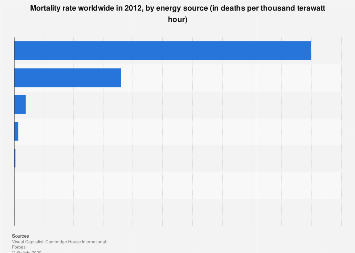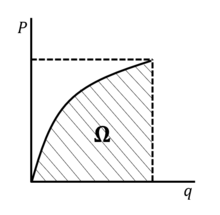
Rivalry in any industry implies more decisions for clients. As a client in a liberated utility market, you can search for power gracefully a similar way you look for different administrations by contrasting costs, and picking choices, terms, and plans that best suit your requirements. Power liberation furnishes you with the ability to pick Texas electric organizations (light organizations) and energy plans for your home. The State of Texas PUC dispatched its Power to Choose Texas site to assist clients with shopping power rates. The issue with Power to Choose is that any energy supplier in Texas can show their data on the site paying little mind to its BBB rating, PUC infringement, notoriety, and objections. The site was at first made to assist clients with contrasting electric rates on an apples-with apple premise, yet it has demonstrated to be temperamental.

Environmental factors and Settle on Your Choice.
The Price to Compare (“PTC”) is the normal expense per kilowatt-hour (kWh) for age and transmission administration, in light of your rate arrangement. The PTC is an instrument for you to use in contrasting Pepco’s Standard Offer Service (SOS) age and transmission rates with offers from contending ensured or authorized power providers To figure your expected yearly reserve funds, decide the distinction between Delmarva Power’s PTC and the comparable cost of other Electric Generation Suppliers taking an interest in the Energy Choice Program by taking away one from the other. On the off chance that the provider’s cost is not exactly Delmarva Power’s, you’ll set aside cash. Duplicate that distinction by your normal month to month kilowatt-hour (kWh) use to decide your normal month to month and yearly reserve funds. You might have the option to purchase cleaner power and conceivably help ensure the climate. By law, all power providers must reveal to you how they create their power (atomic, petroleum gas, oil, sun based, and so forth), what kinds of air outflows they produce, and their energy effectiveness. On the off chance that you pick another provider, rolling out the improvement is simple. Contact your preferred provider and complete the enlistment desk work. It is then up to your new provider and Delmarva Power to do the switch.
Cost investment funds rely upon rates
The “Flexible Charges” area in your power bill is separated to show charges for: Supply, which is the genuine creation of power at power plants or exchanging of power, and shipping that power to you through transmission lines. Conveyance, which is the conveyance of power through our nearby appropriation lines to your home or business Charges for Supply is ordered to show the part rates and dollar sums. The dollar sums are added up to and recorded as “Complete Electric Supply Charges”. On the off chance that you pick a supplier other than Delmarva Power, you will address that supplier’s cost for electric flexibly rather than our electric cost. Any extra month to month reserve funds that you accomplish by “shopping” will rely upon the rate charged by the supplier(s) that you pick. The costs charged by providers could be higher or lower than the costs that Delmarva Power charges for similar administrations. The normal value individuals in the U.S. pay for power is around 12 pennies for every kilowatt-hour. (Setting: A commonplace U.S. family unit utilizes around 908 kWh a month of power.) But there’s a gigantic variety from state to state.



